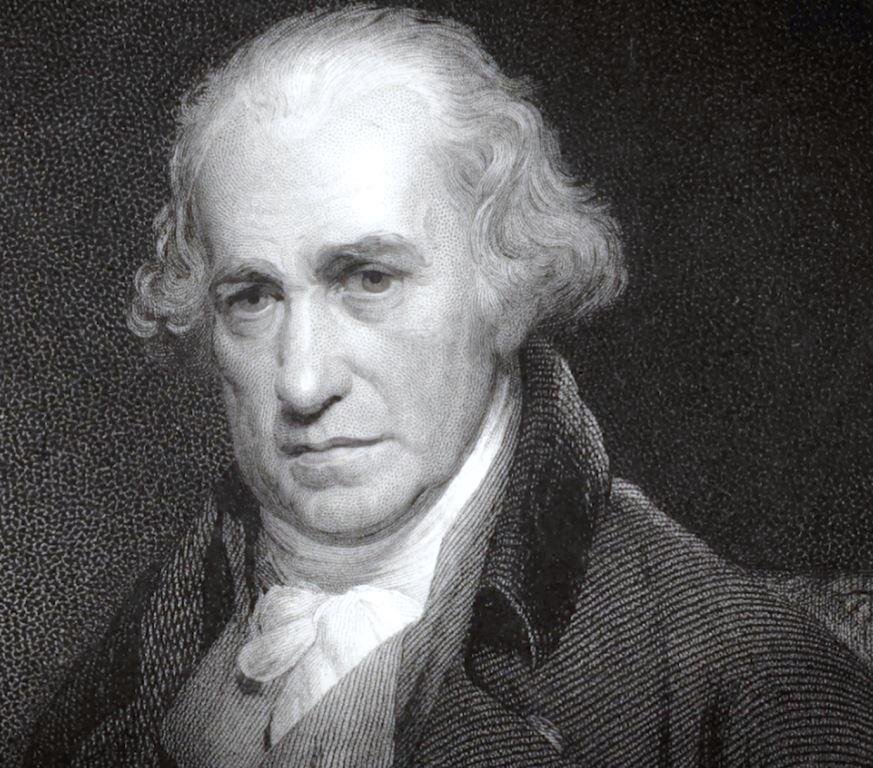You Buy Them Every Month But Can You Explain Them?
Many of us don’t pay attention to our power bills – we just look at the total rather than the details. Could you explain what you’re buying from the power company to another person?
The Birth of the Watt
James Watt was born in Scotland on January 19th, 1736. He became a mechanical engineer and inventor. His fundamental improvements to the Newcomen steam engine helped unleash the Industrial Revolution. James Watt developed the concept of horsepower and pioneered the invention of other devices like the copy machine. The watt is named in his honor.
So What’s a Watt?
A watt is a unit of power. We measure all manner of electric devices, from light bulbs to televisions, based on their consumption of power in watts. For example, a 100 watt light bulb consumes 100 watts of power when it operates. A kilowatt is 1,000 watts and a megawatt is 1,000,000 watts.
Many of our big appliances like air conditioners consume power in thousands of watts so we refer to their consumption in kilowatts. Utility companies often generate power in millions of watts so we describe their production in megawatts.
Power versus Energy
You may have noticed that your electric utility bill describes your consumption in kWh. kWh stands for killowatt-hours. Though almost everyone buys energy in kWh each month, many people can’t explain the difference between a kilowatt and a kilowatt-hour. The difference is one between power and energy.
A kilowatt is a measurement of power – the rate at which electricity is generated or used.
A kilowatt-hour is a measurement of energy – how much electricity is used over a period of time.
The kilowatt-hour is the unit of energy that utility companies use to sell electricity. A kilowatt-hour is 1,000 watts of power consumed for an hour.
An Example Might Be Helpful
If you turn on a lamp with a light bulb rated for a power consumption of 100 watts and you leave it on for one hour, you’ve consumed 0.1 kWh. You’d have to leave that lamp with that bulb on for 10 hours to consume one kWh of electricity.
The Energy Information Agency’s latest information shows an average U.S. rate for one kWh at 12.64¢. Thus leaving your lamp with a 100 watt bulb on for ten hours would cost 12.64¢ (plus the regulatory fees and taxes).
What About Bigger Appliances?
Big appliances like central air conditioning systems consume power at a much higher rate than light bulbs. Duke Energy estimates a 3-ton 12 SEER central air conditioning system (an average system for an average U.S. home) uses 3.0 kWh every hour.
The central air conditioner uses thirty times the amount of energy the 100 watt bulb in an hour. You could also say you’d have to use thirty 100 watt light bulbs to equal the energy consumption of the central air conditioner.
In Conclusion
Now that you know a kilowatt-hour is a unit of energy, you can focus on using less kilowatt-hours: conservation. The easiest way to do that is to turn off or disconnect electric devices when you’re not using them. That’s one of the key reasons why surge protectors now have “always on” outlets. You can use the switch on the surge protector to turn off the other outlets yet those devices that you want to remain on (like your cable box or DVR) continue working when they’re plugged into the “always on” outlets.
You might be surprised how many of your devices consume electricity when you’re not using them. Any device with a clock, any device that’s charging, any device that has a remote control and any device that has a light (even a small one on the power button) consumes electricity, even if you’re not using that device.
Image of James Watt is a print by Schenck & McFarlane of Edinburgh after a portrait by John Partridge from the Scottish Engineering Hall of Fame.
